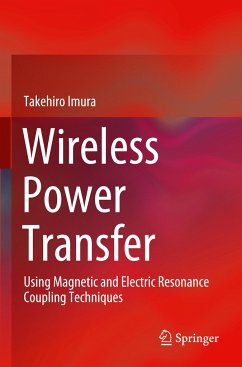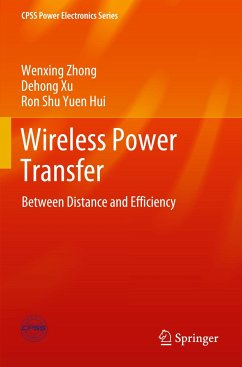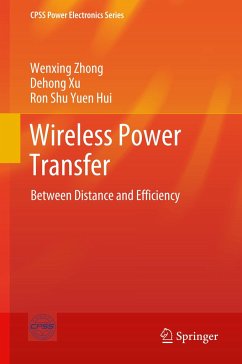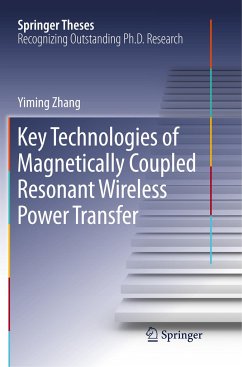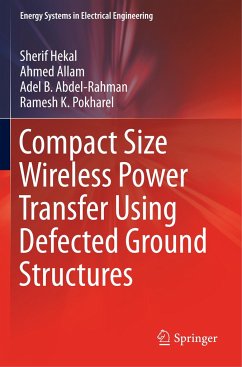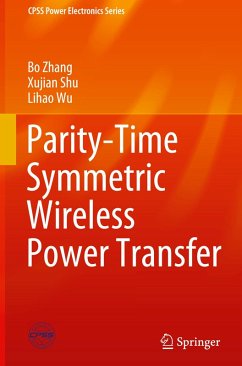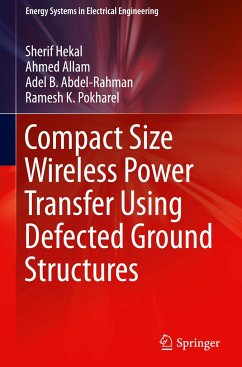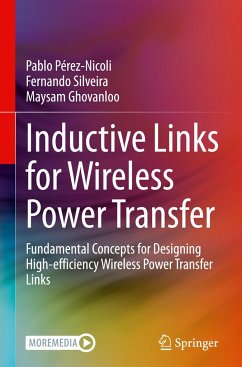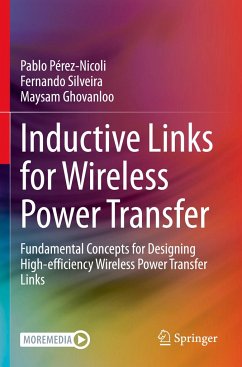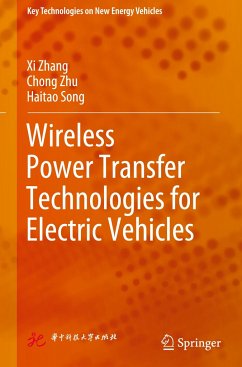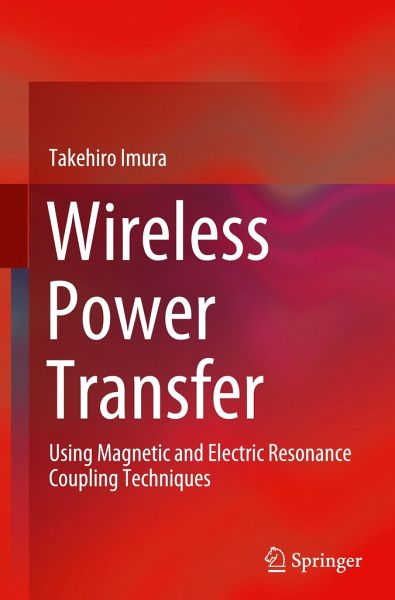
Wireless Power Transfer
Using Magnetic and Electric Resonance Coupling Techniques
Versandkostenfrei!
Versandfertig in 6-10 Tagen
122,99 €
inkl. MwSt.
Weitere Ausgaben:

PAYBACK Punkte
61 °P sammeln!
This book describes systematically wireless power transfer technology using magnetic resonant coupling and electric resonant coupling and presents the latest theoretical and phenomenological approaches to its practical implementation, operation and its applications. It also discusses the difference between electromagnetic induction and magnetic resonant coupling, the characteristics of various types of resonant circuit topologies and the unique features of magnetic resonant coupling methods. Designed to be self-contained, this richly illustrated book is a valuable resource for a broad readersh...
This book describes systematically wireless power transfer technology using magnetic resonant coupling and electric resonant coupling and presents the latest theoretical and phenomenological approaches to its practical implementation, operation and its applications. It also discusses the difference between electromagnetic induction and magnetic resonant coupling, the characteristics of various types of resonant circuit topologies and the unique features of magnetic resonant coupling methods. Designed to be self-contained, this richly illustrated book is a valuable resource for a broad readership, from researchers to engineers and anyone interested in cutting-edge technologies in wireless power transfer.





